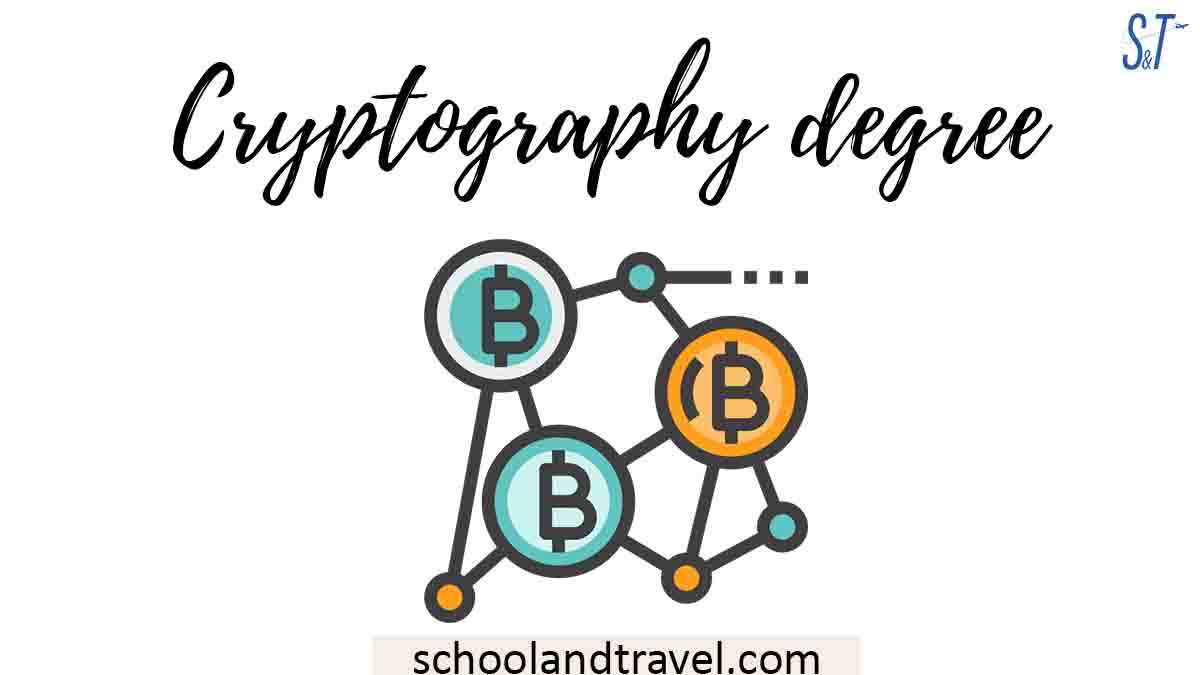The Fourth Industrial Revolution has brought about unprecedented changes in education delivery.
Because of technological advances, it’s now easier for students to access educational materials. They can also earn from various online sources.
Online and hybrid models are balancing the rising costs of traditional on-site learning.
So, today, education is for everyone. It doesn’t matter if you have resources or not. If you have the willingness to learn, you shall learn.
For educators, these changes present both opportunities and challenges. They must ensure their students get the best education while adapting to new trends. So, what are these trends? Let’s take a look.
Current Education Trends to Know About
1. Customized Mass Learning
As we said, education is for everyone. And the current trends are ensuring even the most distracted student gets the best out of it. Mass learning is the key to achieving this goal.
It’s a teaching technique that tailors educational materials to each student’s needs and interests.
It involves understanding each student’s strengths, interests, and learning styles and designing lessons that meet their needs.
Mass learning also requires teachers to differentiate instruction based on individual students’ needs and interests. For example, teachers can provide more challenging material for high-achieving students.
Collaborative learning through various online platforms is also gaining popularity with this trend. It allows students to work together and learn from each other while still achieving their learning goals.
However, implementing mass customized learning can be challenging, as it requires significant time and resources to design and implement individualized learning experiences for each student.
It also requires a shift in the traditional classroom structure, as teachers need to be able to manage and support students working on different tasks simultaneously.
2. Gamification
We’ve all attended classes (our favorite ones) that were more than just Prezi slides or textbooks.
We retained what we learned during those classes because they were fun and engaging. Enacting Romeo and Juliet scenes and participating in debates made us learn better.
It is what we now call gamification – an effective way to make learning fun for students. It involves using gaming elements to make learning more engaging. Teachers can use points, rewards, and challenges to motivate students.
The key is to design activities and games relevant to the class material and provide opportunities for learning and growth.
Here are some fantastic ideas for teachers:
Quests or Missions
Similar to a video game, quests or missions can be designed to help students achieve learning objectives.
For example, a science class might have a mission to explore different ecosystems and identify living organisms.
Escape Rooms
Students can work together to solve puzzles and challenges related to the class material.
For example, a history class might have an escape room where students need to solve puzzles related to different periods.
Simulation Games
Students can play games that allow them to experience different situations and make decisions based on the knowledge they gained in class.
For example, a business class might use a simulation game to teach students about marketing strategies and financial planning.
3. Artificial Intelligence
If we talk about the next big thing that’ll shake up the education domain, it’ll be Artificial Intelligence or AI. It has entered many industries, and the education sector is no different.
With the emergence of sophisticated tools like ChatGPT, students have a new and more interactive search engine. It’ll help them quickly find answers to their questions, saving development time and energy.
But AI is a lot more than just a helpful tool. Here’s how the education industry is using AI to create truly personalized learning experiences:
Adaptive learning
These platforms can assess students’ knowledge and provide customized learning experiences based on their strengths and weaknesses.
For example, an AI-powered math platform might provide different difficulty levels for each student based on their previous performance.
Intelligent Tutoring Systems
Intelligent tutoring systems use AI to provide personalized feedback and support to students. These systems can provide real-time feedback, assess learning progress, and adjust the learning experience accordingly.
Automated Grading
AI-powered grading systems use machine learning algorithms to analyze student work and provide feedback on strengths and weaknesses.
These systems can accurately grade assignments and save time. For example, an AI-powered grading system might assess a student’s essay and provide feedback on grammar, structure, and content.
Chatbots
Chatbots can provide real-time student support, answering questions and providing feedback as needed. These AI-powered systems can assist with assignments, scheduling, and other tasks.
4. The Nano Learning Trend
The constant exposure to games, videos, and movies has reduced our attention spans. It has led to the emergence of a new trend – Nano Learning.
The Nano learning trend seeks to teach students in short bursts of content. This approach is based on the idea that short, focused information sessions are more effective than long lectures and classes.
It involves teaching through short video clips, infographics, and concise presentations.
Nano-learning effectively engages students and encourages them to think critically about the material they are taught.
It can also help teachers easily keep track of their student’s progress and provide feedback.
Nano-learning is particularly useful for subjects like coding and programming, where students need to quickly remember much information.
Students can easily digest and retain the information by breaking the material into shorter chunks.
Nano-learning can also be used to teach students more complex topics. For instance, students might use this approach in a history class to learn about different historical periods or events.
By breaking down the material into smaller pieces, it’s easier for students to understand the main points and better understand the overall topic.
Conclusion
Learning is a life-long process, and education trends can help make it more engaging and exciting.
By embracing new technologies, educators can make their jobs easier and create more engaging learning experiences for their students.
However, the industry isn’t solely focused on technology. The job market, too, plays a significant role in determining what’s taught in the classroom.
There’s still a high demand for soft skills, such as communication and critical thinking, in the job market.
No matter what new trends emerge, educators must focus on providing students with the skills they need to succeed in today’s job market.
Awesome one; I hope this article answers your question.
Editor’s Recommendations:
- Social Strengths and Weaknesses (Everything you need)
- 15+ Most Popular Hobbies for Women in their 20s in 2023
- Top 5+ Random Hobby Generator
- Transcript for Scholarship Applications (Expert Research and tips)
- 13 Best Buckinghamshire Grammar Schools
- Top 20 Acupuncture schools in the World | USA | 2023
- Top 13 Best Culinary Schools in France
- Self-Plagiarism in College (Meaning, Charges, Dos & Donts)
If you find this article good, please share it with a friend.



